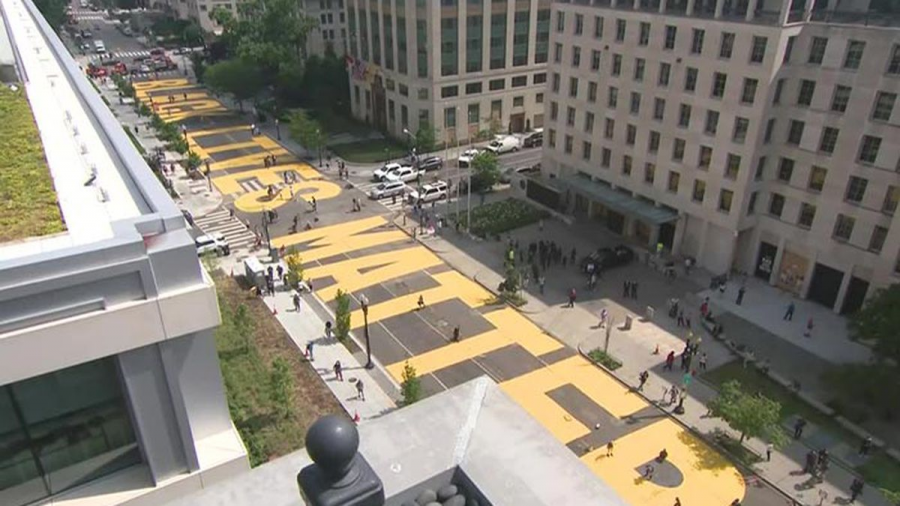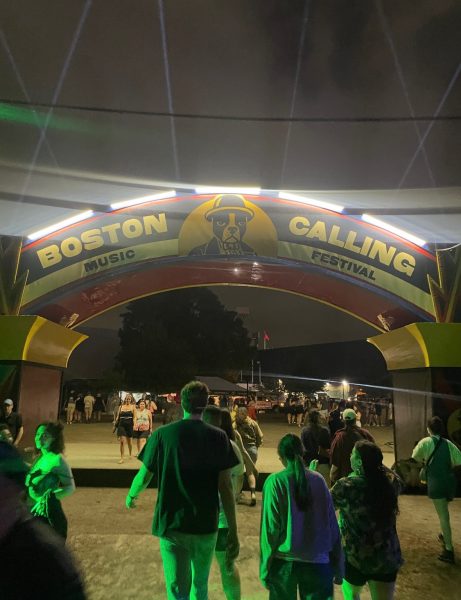A History of American Protest Art
The phrase “Black Lives Matter” has been painted across streets all over the country, including the capitol.
No matter their political opinion or party affiliation, everyone can agree that America has had a long and bloody climb to where it is today, and the fight is far from over. Thousands of Americans are still fighting for their right to the freedom this country owes them. Through the twentieth century and into the twenty first there have been many steps forward in the name of social justice. Peaceful protests and shows of unity played an enormous part in these movements’ success, but so did art. As people took to the streets, others took to recording booths and canvases. This is a look at some of the inspirational pieces that have been created in the name of social justice through the long struggle towards equality and freedom for all.
The 1960s was a time of great steps forward in social justice, the minorities of America fed up with the smothering oppression of American society. One of the most prominent movements of the time was the civil rights movement, which fought to end institutionalized racism. Photography was a highly influential form of artful protest. “Elizabeth Eckford of the Little Rock Nine” remains a famous depiction of the cruelty faced by those who attempted to break segregation. The photograph immortalizes the image of Elizabeth Eckford marching purposefully onward as her white classmates scream and glare at her.
Another important art type produced by the civil rights movement was “Freedom Songs,” defined as songs sung by members of the movement. Some of the most famous of these songs was “I Love Everybody,” “We Shall Overcome,” and “This Little Light of Mine.” Many of these songs were inspired by gospel songs and had no known composers. These songs of hope resonated with listeners who were striving for the rights life owed them, and served as a peaceful way to get their message across to others.
Songs were also a powerful tool in the gay rights movement. “You Make Me Feel (Mighty Real)” was a popular song that came out near the end of the disco era and was performed by the artist Sylvester. Sylvester was known for being an openly gay man in a time where that could have easily gotten him beaten or even killed, and he often crossed gender-rolls with his outfit choices. “The lyrics are actually quite straightforward for the late 1970s and it became a popular gay anthem for the emerging gay rights movement. Due to Sylvester and his partner both dying of AIDS it also ended up being a song that was co-opted in the 1980s by AIDS activists as well,” said Shawn Lingley, a history teacher here at L-S. Mr. Lingley also directed me towards the work of Jimmy Somerville, a member of the band Bronski Beat who covered Sylvester’s disco hit. Somerville also had his own impactful songs, including the ‘80s hit “Smalltown Boy,” which focused on the struggles of gay life an homophobic violence. The phrase “Pushed around and kicked around, always a lonely boy / You were the one that they’d talk about around town as they put you down” is particularly powerful, and really captures the feeling of being truly alone in a world that believes your existence to be inherently wrong.
The use of art as a form of peaceful protest is not just a thing of the past. The Black Lives Matter movement has already created many inspirational pieces to help spread their message. The phrase “Black Lives Matter” has been painted across streets all over the country, including the capitol. The introduction of digital design platforms has also contributed, opening new doors for artists all over the world to contribute. A flood of virtual art has helped spread awareness about the movement, with photography and video once again playing a key role.
Throughout American history, protest art has played a vital role in the march towards freedom, and will continue to do so for the decades to come. Whether it be street art or music, everyone’s voice can be heard through.







